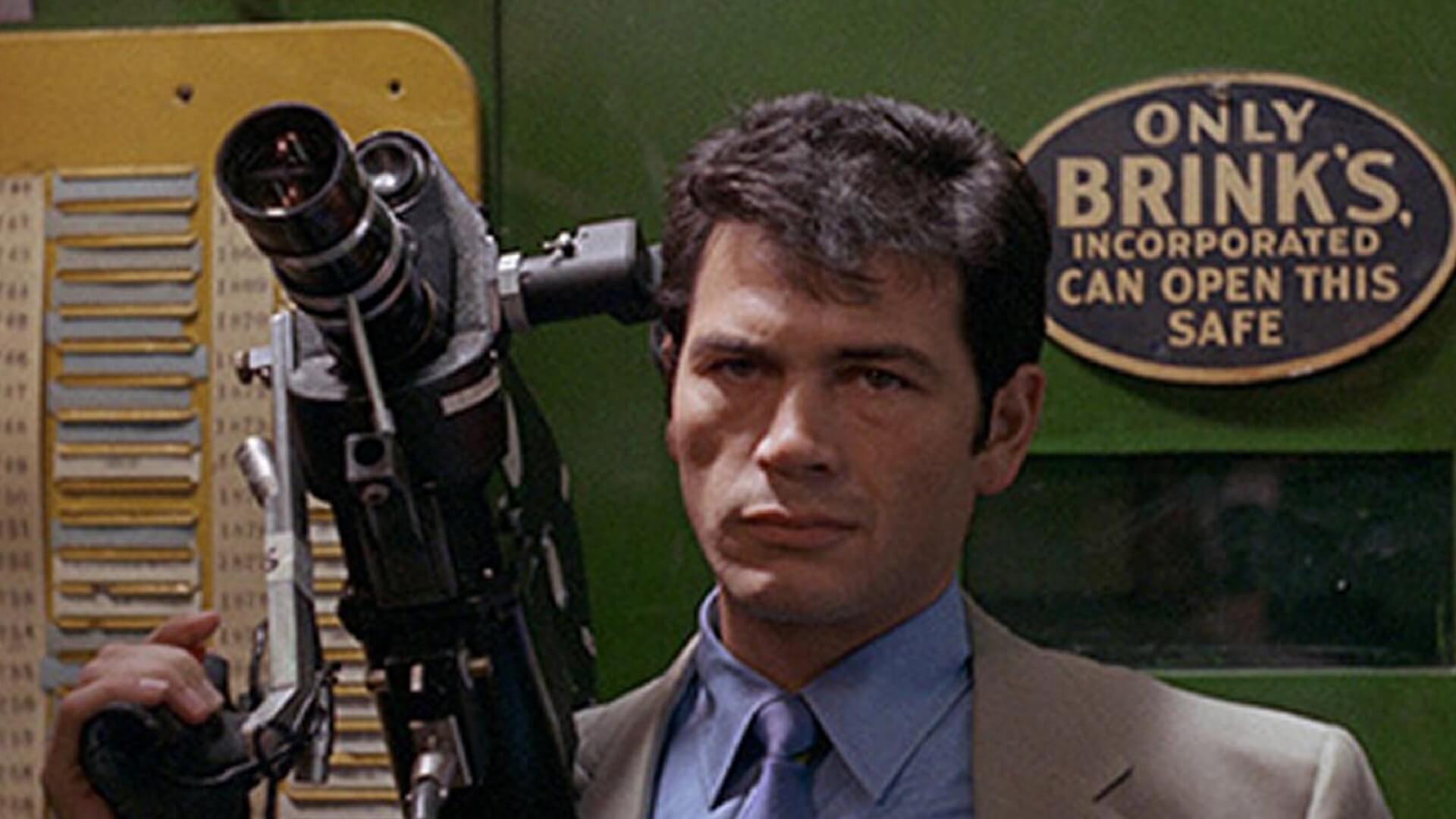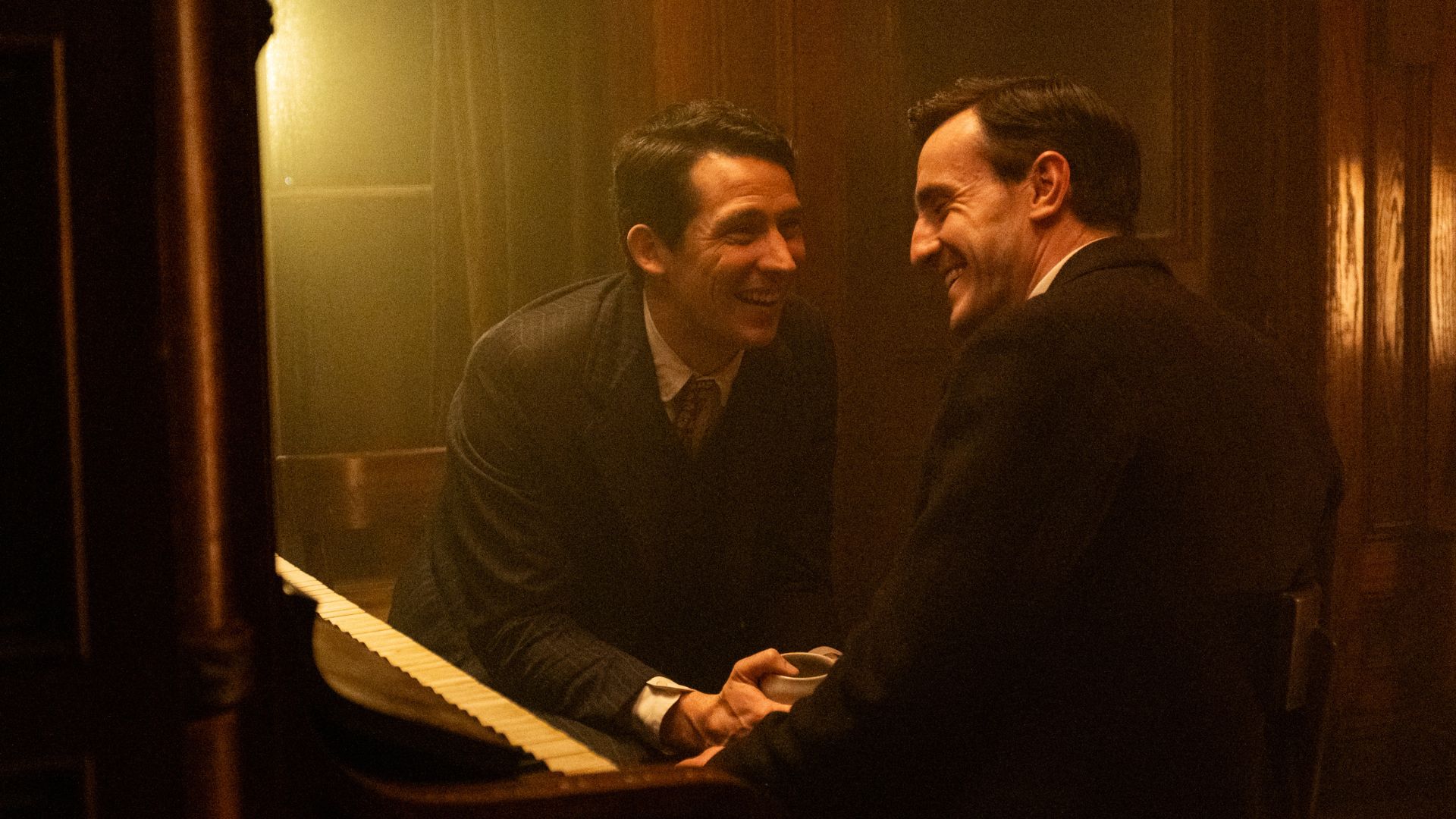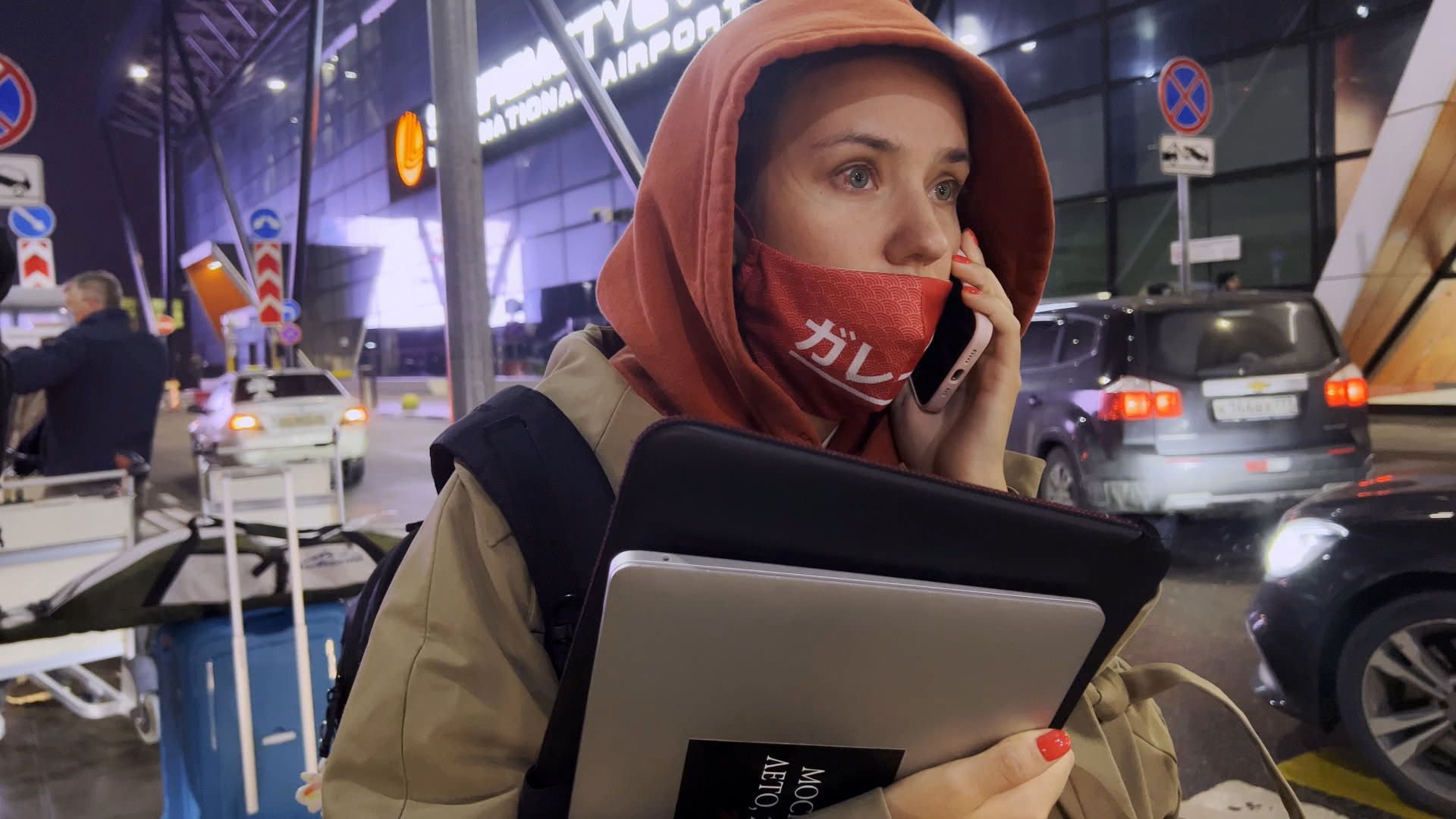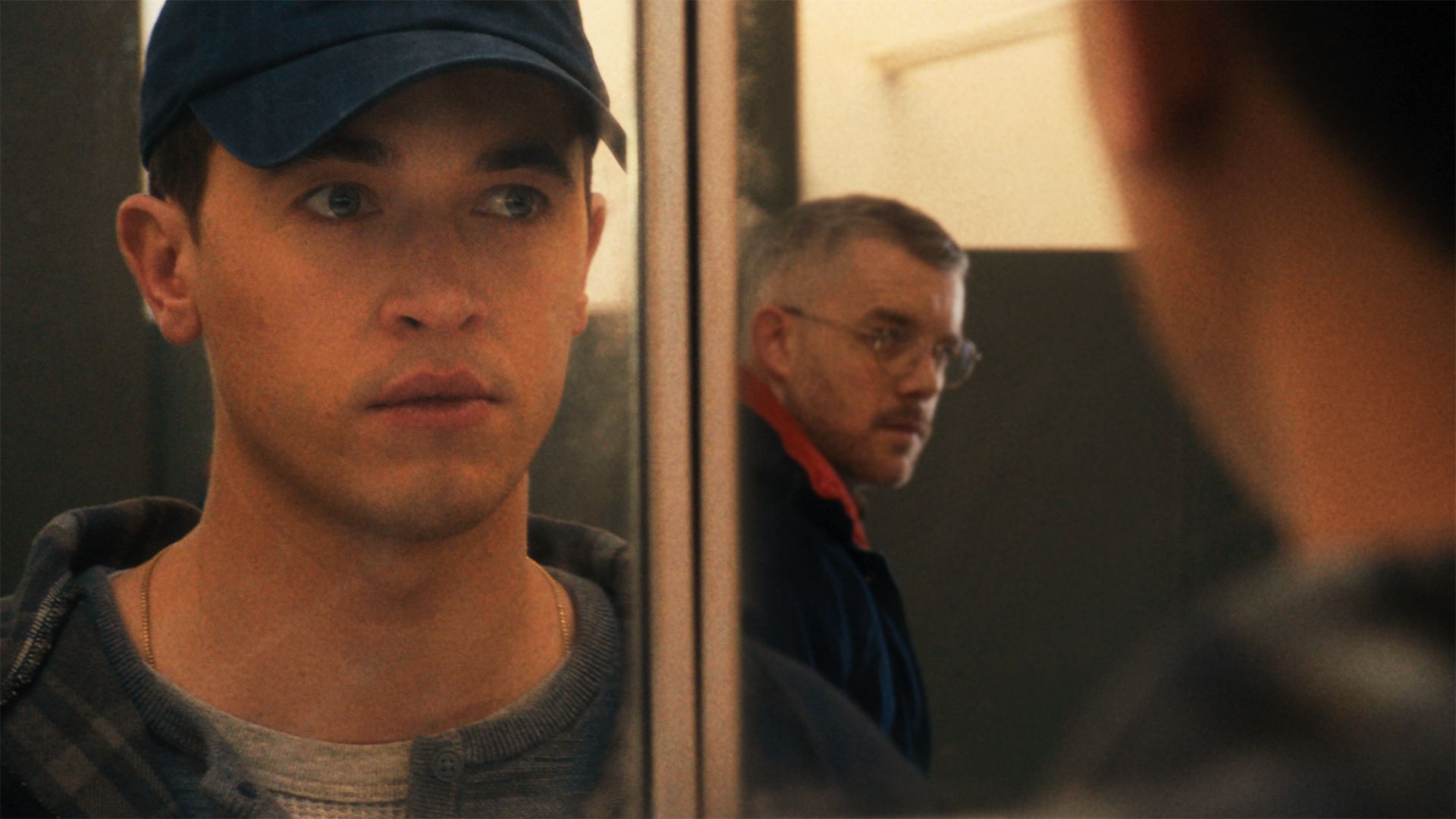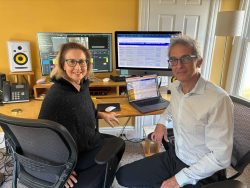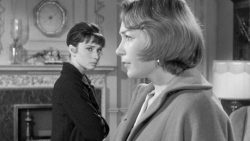“A film of tremendous visual impact, a kind of cinematic Guernica, a picture of America in the process of exploding into fragmented bits of hostility, suspicion, fear and violence.” (Vincent Canby, New York Times)
In 1969, noted cinematographer and documentarian Haskell Wexler wrote and directed this technically brilliant narrative, famed for its groundbreaking combination of fiction and nonfiction elements: Actual figures in the news are presented in made-up contexts, and invented characters appear as if in real life. Centered on a television news cameraman (Robert Forster, Jackie Brown) and a young single mother (Verna Bloom) caught up in the all-too-real violence surrounding the 1968 Democratic National Convention, it asks tough questions about the role of the media and the nature of truth as it paints a portrait of a deeply divided country. Was it nudity and language that earned the film an X rating (now R)? Or, as Wexler said later, “What no one had the nerve to say was that it was a political X.”’
